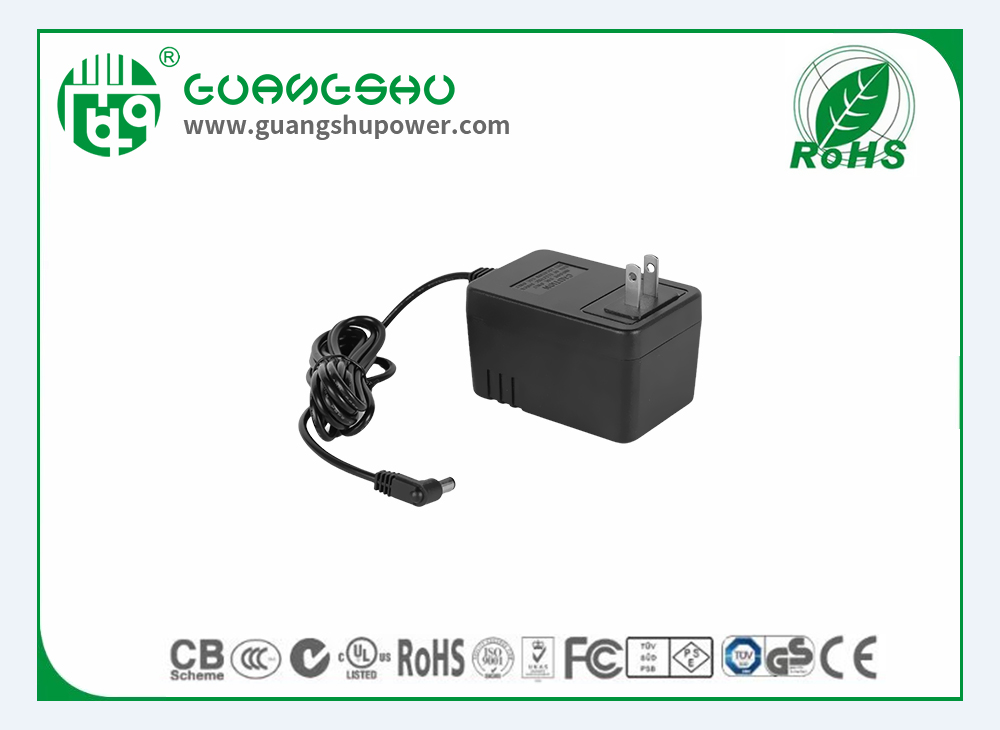Time:2025-06-19 Views:0

When a power transistor in a linear adapter is damaged, it can lead to issues such as no output voltage or abnormal voltage output. The repair process requires a systematic approach and a good understanding of electronic components.
First, visual inspection is the initial step. Carefully examine the power transistor for any signs of physical damage, like charring, cracks, or bulges. These visible clues can quickly indicate a damaged component. Next, use a multimeter to perform electrical testing. Set the multimeter to the resistance measurement mode and measure the resistance values between different pins of the power transistor. Compare these measured values with the normal resistance range specified in the transistor's datasheet. If the measured values deviate significantly, it suggests that the transistor is likely damaged.
Once the damaged power transistor is identified, the replacement process begins. First, ensure that the power adapter is disconnected from the power source to avoid electrical shock. Use a soldering iron and desoldering pump to carefully remove the damaged transistor from the circuit board. When soldering the new transistor, pay attention to the correct pin orientation as per the circuit diagram and the transistor's package markings. After soldering, perform a post - repair test. Connect the power adapter to a suitable load and use a multimeter to measure the output voltage. Monitor the voltage stability and ensure that it is within the normal operating range. Additionally, check for any abnormal heat generation from the newly installed power transistor during operation. If the output voltage is stable and there are no signs of overheating, it indicates that the repair was successful.
Read recommendations:
10W Australian Standard Switching power supply
180W desk Switching power supply
100W 12V medical power supply for hospital monitoring devices